Microsoft Surface Pro review
The Microsoft Surface Pro is the brand's full-fat version of the Surface RT
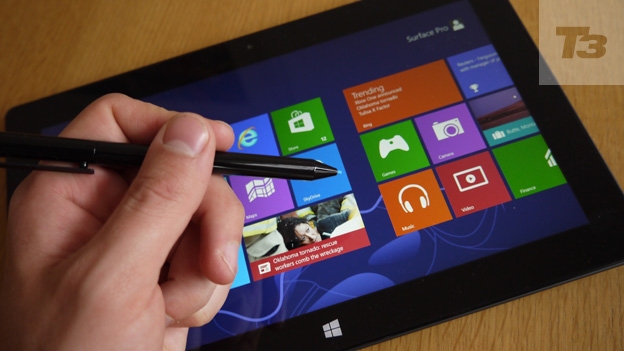
-
+
Full HD screen
-
+
Ability to play games
-
+
Nice industrial design
-
-
Not great on uneven surfaces
-
-
Heavy
Why you can trust T3

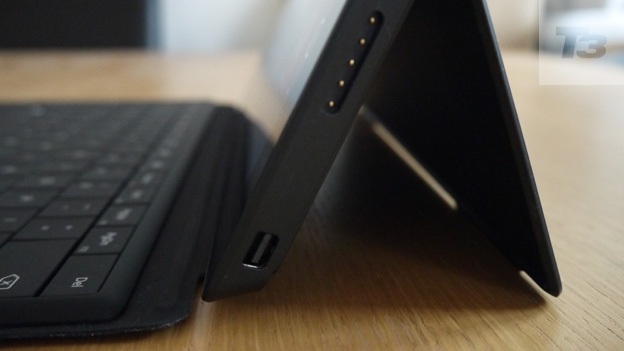

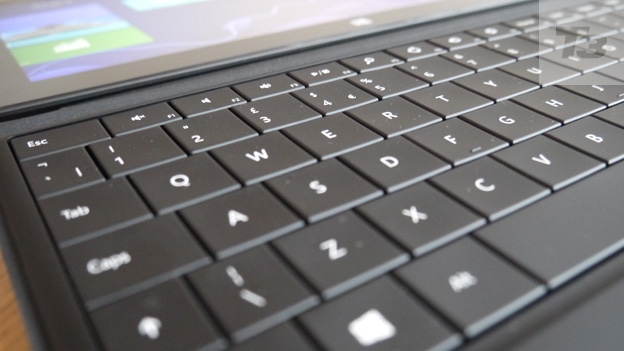

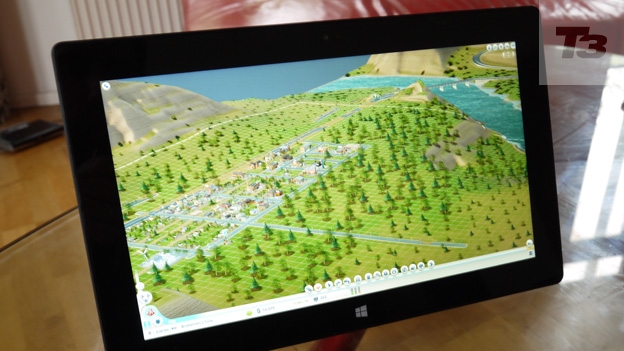
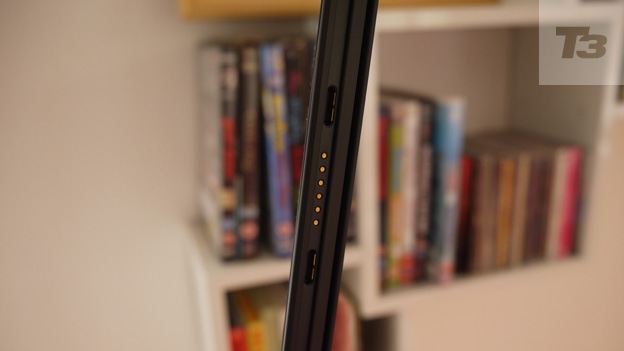
The Microsoft Surface Pro - the full-fat version of Surface is finally here, but can this Intel-based slate make up for the Surface RT's lukewarm reaction?
After the mixed reception of the Microsoft Surface RT last year, the brand has been under pressure to deliver its full-blooded Surface slate, and the wait is finally over.
Where Surface RT ran a mobile processor, that delivered low performance and limited the user to Windows Store apps, the Microsoft Surface Pro is a full-blooded Intel Core behemoth offering the performance of a laptop in the body of a tablet.
Its got plenty of company too, with high-profile Windows slates such as the HP Envy X2, Asus Vivobook and Samsung ATIV Smart PC. All of these machines boast the same Intel performance and hybrid usability, but none have emerged as clear leaders of the Windows 8 race. So can the Surface Pro the best Windows 8 tablet? Let's find out.
Surface Pro: Size and build
If you're familiar with the original Surface RT model, the appearance of the newer Surface Pro won't come as a shock. It features the same sharp-edged looks, as if it's been chiseled from a lump of black slate, but on closer inspection there are notable differences.
Unfortunately, the first thing you notice about Surface Pro is the thickness, rather than the performance, screen or connectivity. These factors contribute to a considerable weight and girth; the 10.6-inch Surface Pro weighs 907g, almost a third heavier than the iPad 4 and is 13mm thick.
Due to the laptop-grade innards that we'll return to shortly, Surface Pro has a line of air vents which circle the edge of the back plate. The need to air-cool the Intel Core processor means that Surface Pro needs to be thicker than its little brother, and the weight will be an issue for those tossing up between Microsoft's finest and the iPad 4.
In terms of bulk, it also makes an interesting comparison between it and the likes of the HP Envy X2 and Asus VivoTab Smart. While Surface is lighter than these competitors when they're attached to their keyboards (generally weighing 1.4kg), they separate to become slimmer tablets, while the Surface Pro's bulk makes it cumbersome.
Surface Pro: Features
One of Surface Pro's top features is its ability to run full-fat apps Windows programs, rather than just those on Windows Store. Surface RT was limited to the pitiful amount of apps on the store, while Surface Pro can run anything from the latest PC games and creative packages such as Photoshop, Adobe Creative Cloud, Microsoft Office 2013 to every day apps like Spotify or iPlayer desktop.
One of Surface RT's most distinctive features is here though, and that's the metal kick-stand that enables users to prop up the tablet. We had a love-hate relationship with it on Surface RT, where it worked wonderfully when sat on our desks but became unusable when placed on our laps or beds. Nothing's changed with Surface Pro and the lack of adjustability is a black mark against its name.
The other problem with Surface is the optional keyboard attachments – the non-tactile TouchCover and physical buttoned TypeCover. Even the more expensive TypeCover (£109) is useless on anything but a hard surface and the keys regularly don't register presses.
It's much better to use Surface Pro as a tablet on the move and then invest in a Bluetooth desktop keyboard and external monitor at home, using the tablet like a desktop tower.
However, if you need the keyboard on the move, the TypeCover is an infinitely more usable experience.
There is another option with Surface Pro, and that's the input pen which is unique to the Pro model. It features licensed Wacom technology which offers 1024 levels of pressure, putting it in the same league as the Samsung Galaxy Note 2.
It's great for those who want to get creative or use specific business apps but we found it was still too fiddly to replace the keyboard. A neat trick, however, is that it clips onto the same magnetic contacts as the charger, so it's always on hand.
Surface Pro: Screen
We were glad to see a full HD screen on the Surface Pro, which is an upgrade from the mediocre 1,344 x 768 panel on the Surface RT. The new Surface Pro's display isn't especially vibrant but the detail is lovely, which makes apps and web pages look great. The speedy rendering of the built-in Internet Explorer “metro version” certainly makes use of this, but its still not a superb all-round visual experience.
The Surface Pro is adept enough for movies and games, but there's a paleness to the screen which is especially prominent if you're used to AMOLED displays that you'll find on the Samsung Galaxy S4 or HTC One.
We also found that touch accuracy wasn't as good as the iPad 4, and it was harder to select on-screen options especially when using browsers – be it IE10 or Chrome. We also had issues selecting options when zoomed in, which is essential given the high resolution panel makes anything in the traditional Windows pretty small.
Surface Pro: Performance
Inside there's an Intel Core i5-3317U clocked at 1.7GHz, which is the same you'll find in most mid-range Ultrabook laptops. There's plenty of power on offer here, and our benchmark tests showed that despite it being crammed into a chassis that's just 275 x 173 x 13 mm in size, there's no sacrifice in power.
That means you'll easily be able to run demanding programs like Photoshop, and we found rendering was fast and applying filters and making edits was as swift as any laptop we've used.
To back up this impressive processor performance is 4GB of RAM, which is again in line with a mid-range laptop. Worrying about RAM feels very 1998, but when you're multitasking apps it's still important, and the generous amount certainly keeps things ticking along nicely. The lag when opening apps wasn't nearly so prevalent on Surface Pro as it was on its little brother.
There's no dedicated graphics on board, so all 3D capabilities are left to the Intel HD 4000, which is built onto the processor. We managed to run Sim City, albeit on the lowest visual settings at 30fps, so gaming is well within Surface Pro's limitations. That's really impressive, when you consider the weight and portability on offer, and we can't wait until future devices have the capability to storm through the latest titles.
Surface Pro: Battery
Battery was a mixed bag on Surface Pro, and it was always going to be an area in which it suffers next to the iPad or Windows RT tablets like the Dell XPS 10.
While Surface RT managed around 10 hours of movie playback, Surface Pro managed only five, and we exhausted a full charge with heavy web use including Skype-ing, surfing and working in just three hours.
The power coupled with the lack of room for a huge battery cell means that longevity was always going to be an issue with Surface Pro, but this result will disappoint some users who had designs on using Surface Pro as an all-day device. We were also frustrated by the long charging time, which stands at around three hours.
One positive, however, that when left for around a week with little or no use, the battery didn't lose any of its charge. While booting Surface from sleep isn't the 'instant on' speed of an iPad, you can still have a usable desktop in around eight seconds, which we're more than happy with.
Surface Pro: Verdict
Surface Pro is a decent dual-use device, with plenty of power which we'd be happy to choose over a mid-range Ultrabook. We loved being able to dock it with a screen and full desktop set up at home, then take it on the move. It's certainly able to fulfill the job of a laptop and iPad, so long as your emphasis is on productivity rather than fun.
The main frustrations are the dubious keyboard peripherals and the usability headaches caused by the kickstand, so it's worth thinking carefully about how you expect to use Surface Pro before you buy.
Surface Pro release date: Out now in US, 23 May in UK
Surface Pro price: Surface Pro 64GB - £719/$899 (64GB), £799/$999 (128GB), TouchCover - £99/$109, TypeCover - £109/$129
Sign up to the T3 newsletter for smarter living straight to your inbox
Get all the latest news, reviews, deals and buying guides on gorgeous tech, home and active products from the T3 experts
-
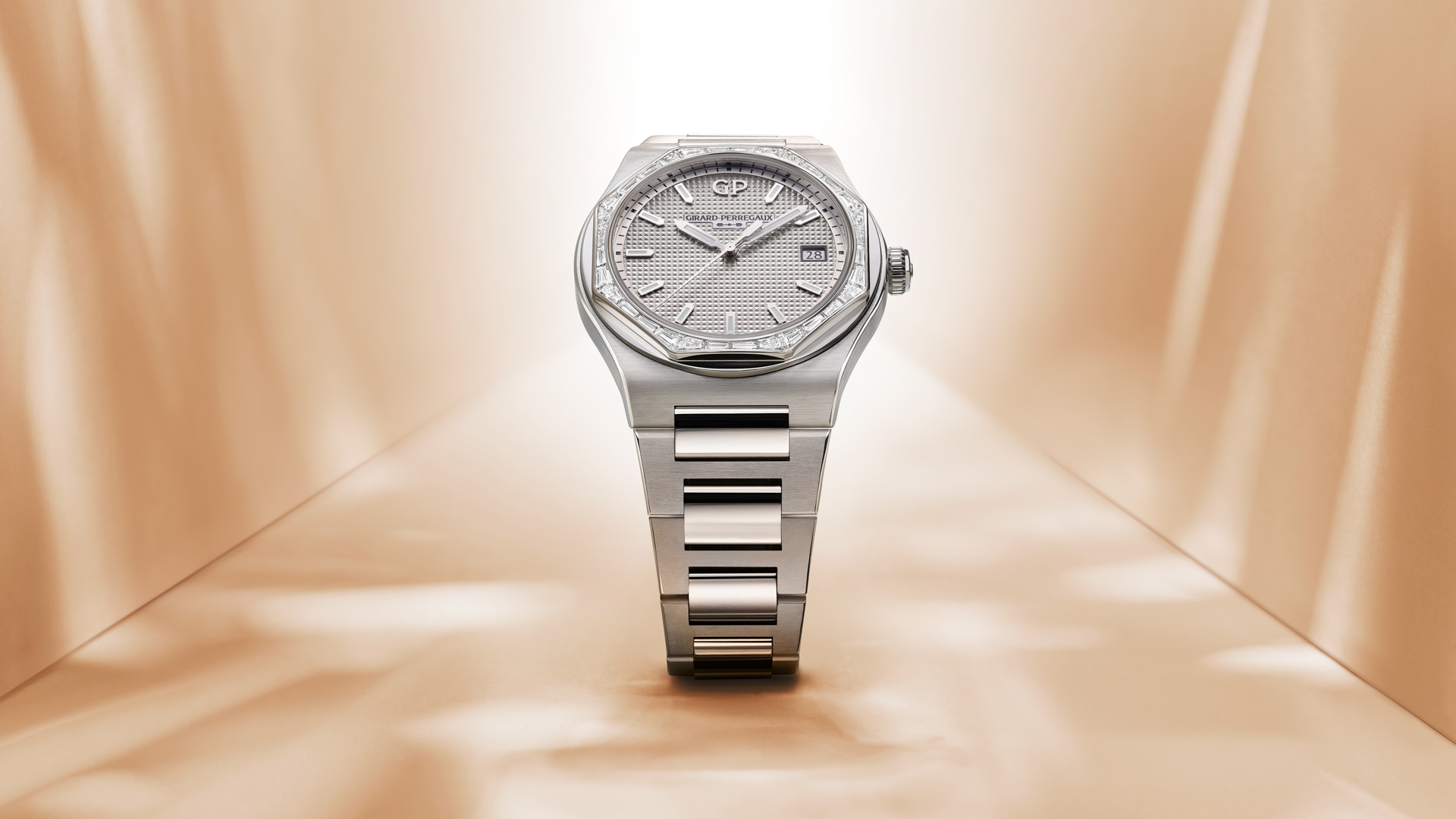 Girard-Perregaux Laureato 38 mm gets a blue diamond upgrade
Girard-Perregaux Laureato 38 mm gets a blue diamond upgradeWe’re totally besotted by these diamond-bezelled beauties from Girard-Perregaux
By Alistair Charlton Published
-
 Gossamer Gear's Grit 28 is a masterclass in ultralight backpack design
Gossamer Gear's Grit 28 is a masterclass in ultralight backpack designTrail runners and fastpackers, take note
By Matt Kollat Published
-
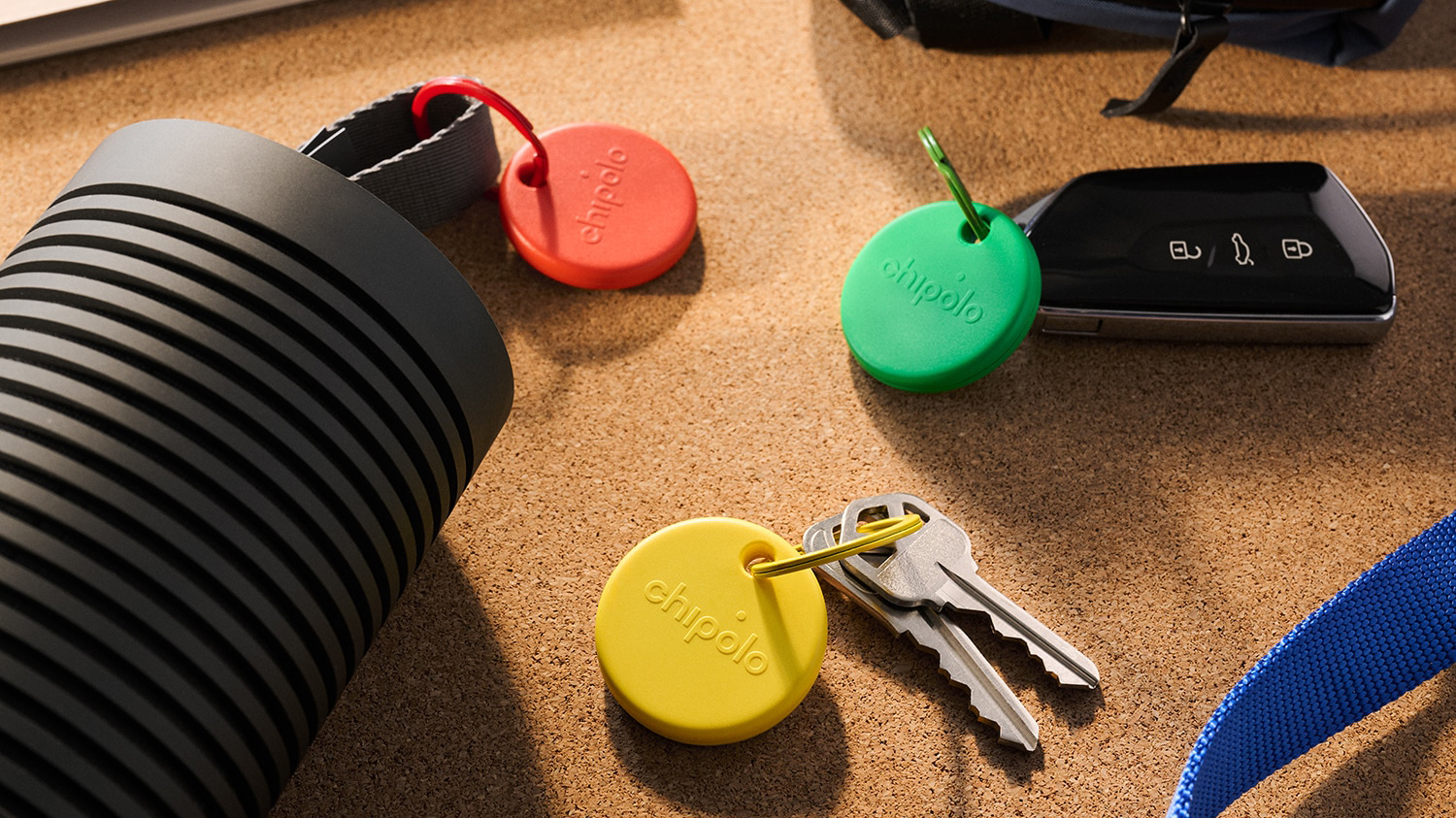 Forget AirTag, Chipolo's new Bluetooth tracker adds a dash of colour
Forget AirTag, Chipolo's new Bluetooth tracker adds a dash of colourChipolo's Pop tracker works with both Apple's Find My and Google's Find My Device – so you can track whichever platform you're using
By Mike Lowe Published